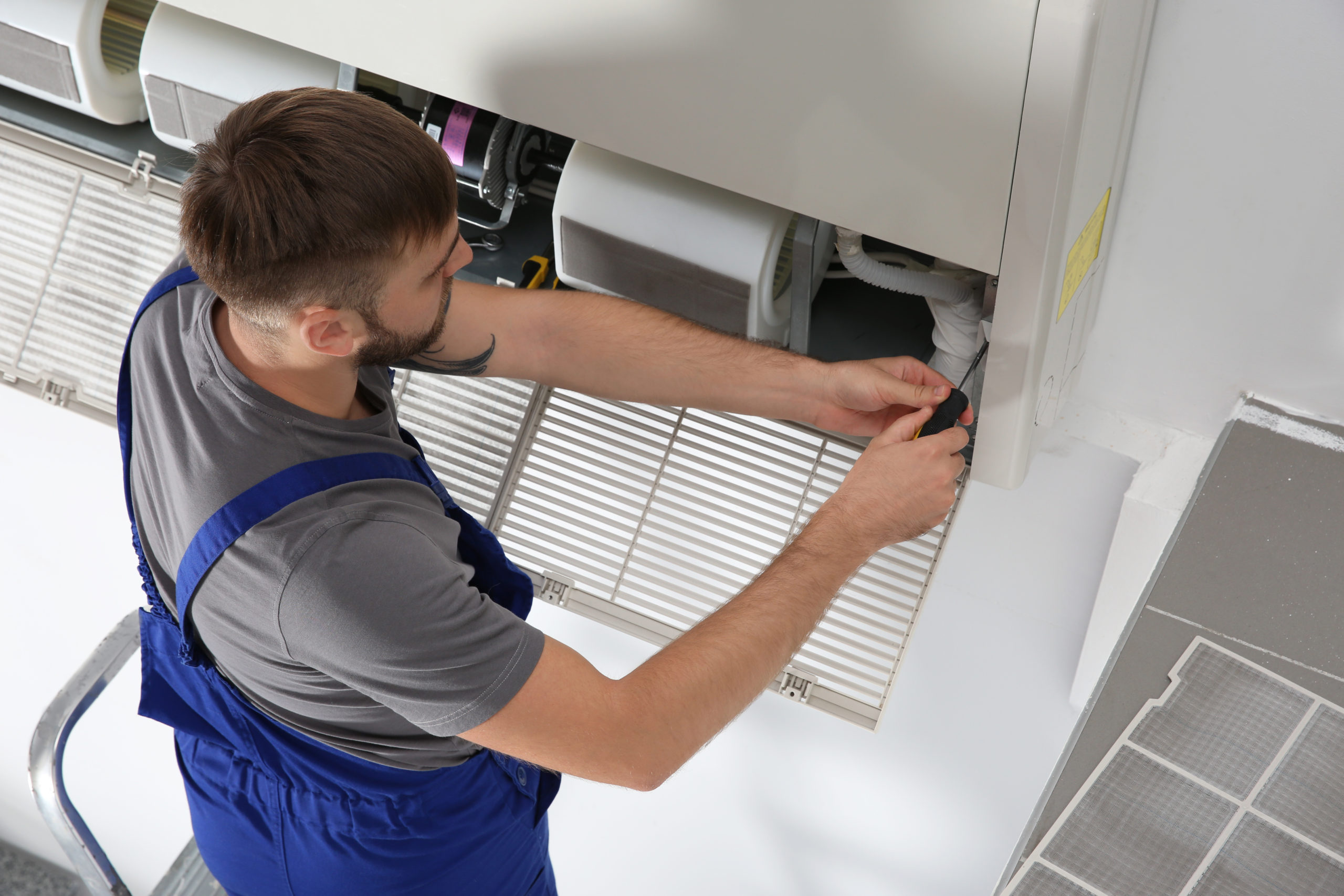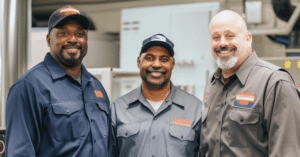From electrical hazards and combustible gases to difficult environments, there are major risks that come with HVAC work. With that said, HVAC, by the numbers, it is safer than carpentry, electrical work or roofing. However, it’s still important to recognize potential dangers and know how to keep yourself safe on the job.
Here, we cover HVAC safety basics all techs should know.
Fire Safety
HVAC techs often work with solvents, gases, combustible fuels and construction materials – all of which present a real fire hazard. Let’s briefly cover what type of fires you might encounter and how to extinguish them safely:
- Class A fire: A Class A fire uses wood, paper or textiles as its fuel, and should be extinguished with plain water.
- Class B fire: These fires are fueled by oil, grease, varnish, paint, chemicals or flammable liquids, and should be extinguished with a smothering agent (specifically foam). Look for a fire extinguisher with a Class B rating for these fires. Using water for a Class A fire can spread the flames.
- Class C fire: These tricky fires result from electricity (transformers, short circuits, etc) and require a non-conducting agent (specifically, CO2) to safely extinguish them. Look for a fire extinguisher with a Class C rating to put out Class C fires.
In the event of a Class C electrical fire, do not let the horn of a metal fire extinguisher come anywhere near the live circuit. Also, make sure the space is well ventilated, as the CO2 in a Class C extinguisher will displace oxygen and can be dangerous in a confined space.
NOTE: A Class C extinguisher can be used on a Class B fire, but not on a Class A fire fueled by wood, paper or textiles.
Ladder Usage
Many HVAC jobs require work on rooftops and in attics. Consequently, falling accidents related to either fatigue or improper ladder usage make up a significant part of work-related injuries in the field.
If you don’t have access to a bucket truck, here are some HVAC safety precautions to follow when working at heights.
Be Aware of Your Surroundings
Use caution when working on ladders, rooftops, attics or stairways, and be aware of your surroundings. Be careful on slippery surfaces and take special care when working around live, moving machinery like fans or blowers.
Use Caution with Ladders
Whenever you set up a ladder, make sure its feet are firmly and securely planted. Use ladders with rubber feet that can pivot to sit on an uneven surface, and use a mudsill if your ladder’s feet are going to be standing on soft soil.
When carrying a ladder, be mindful of where the back end of the ladder is. Additionally, make sure to secure the ladder to your work vehicle’s overhead rack – it’s easy for the wind to pick up a ladder and carry it off when driving at highway speeds.
Know Your Ladders
Ladders can be built from wood, fiberglass, aluminum or steel; and each type of ladder will have its own weight rating. It’s up to you to know which is the appropriate ladder to use for each job. Your decision should be based on safety rather than convenience. For example, never use a metal ladder or a ladder with any conductive parts when servicing an electrical system.
Know the Wall Distance
When leaned against a wall, the ladder’s base distance from the wall should be ¼ its total height. For instance, a 20’ ladder’s base should be five feet away from the wall for a safe angle.
Secure a Ladder from Both Ends
If possible, secure the ladder at the top. If you can’t, use a spotter or have someone on the ground holding the ladder steady.
For a secondary ladder that goes up to another level from the roof, its top should be three feet above the next level. Never set a ladder on boxes, tables or other objects.
Use Safety Signs
If you have to erect a ladder in a driveway, hall or passageway, make sure that it’s barricaded off with safety cones or safety tape.
Don’t Go Above the Ladder Height
Don’t lean on or straddle a space from a ladder. When climbing, always face the ladder and keep three points of contact (two hands/one foot or two feet/one hand).
For a step ladder, never go higher than the second rung from the top. For an extension ladder, never go higher than the fourth rung from the top.
Personal Protective Equipment
HVAC techs are likely to come into contact with solvents, adhesives, cleaners, oils and other chemicals on a daily basis in their work. That’s why it’s important to practice the following HVAC safety measures:
- Wear PPE safety glasses with side shields, hardhats, face shields and/or goggles at all times on the job.
- When doing overhead work, like brazing or hammering, wear impact-resistant safety glasses.
- Full-face shields must be worn when handling refrigerants and are also necessary when using caustic solutions like coil cleaners. In some cases, chemical-resistant gloves, boots, and full suits may be necessary to protect your skin.
- When dealing with liquid refrigerant, protect your skin, eyes and lungs with PPE, as it can quickly cause frostbite.
PPE with Refrigerants
Though most refrigerants have an A1 safety classification, meaning they are nontoxic/non-flammable, it’s still important to have a properly ventilated work area when handling them because they displace oxygen, creating a suffocation hazard in an enclosed space. In the event of a refrigeration leak, evacuate the area. Inhalation of a refrigerant can cause dizziness, nausea, heart irregularities, unconsciousness or death.
Transporting Compressed Gas Cylinders
Safe handling of gases under pressure is a vital part of your job as an HVAC tech. Here are some basics to keep yourself safe:
- Must be damage-free– Never use a cylinder that shows signs of damage such as rust, dents or other impacts.
- Check the date and rating of the cylinder’s last pressure test– Cylinders are hydrostatically tested every five years, so make sure the one you’re about to use isn’t out of date. Bring any out-of-date cylinders to the wholesaler, who will swap them for new cylinders and send the old ones out for testing.
- Ensure proper storage– Make sure compressed gas cylinders are stored in an approved cage and are secured so they can’t move around and bang into each other. Make sure they’re away from any open flame sources or sparks and aren’t stored in a high-temperature area.
- Never transport a cylinder without its cap– When transporting cylinders, use an approved cart and make sure that the cylinder’s cap is in place. Even smaller cylinders should be handled carefully during transport.
Types of Gases
OXYGEN: Never let oxygen lines come in contact with grease or oil, and never use oxygen to leak-test an HVAC system. Contact with grease or oil can result in an explosion. Always use a regulator; a properly charged O2 tank should be at 2500 psi. Under no circumstances should you use an O2 tank without a regulator.
NITROGEN: Nitrogen is the preferred gas for pressure testing an HVAC system. It should also be used to purge piping systems for brazing or welding equipment, eliminating any copper scale that could contaminate a system.
Like O2, nitrogen tanks should be used only with a regulator and should be at 2500 psi when fully charged. Nitrogen is an inert gas, but can displace oxygen. Always ensure a space is properly ventilated when using nitrogen, to avoid suffocation hazard.
ACETYLENE: This flammable gas, mixed with O2, is common for brazing, cutting and welding setups. It’s vital that acetylene tanks be stored in a cool area at least 20’ away from any flammable material. After use, be sure to purge the lines completely of any residual acetylene.
REFRIGERANTS: Always make sure refrigerant tanks are stored in a cool environment. High temperatures (including inside a service van) can cause a refrigerant cylinder to discharge on its own. When recovering refrigerant from a system, be sure to always use a DOT-approved recovery cylinder (recognizable by a grey body/yellow top).
Never use a torch or other heat source to raise cylinder pressure, which can result in an explosion. Instead, pressure can be raised by putting the cylinder in warm water, no hotter than 90 degrees. When transporting refrigerant, make sure the cylinder is upright and secured.
Electrical Safety
Considering how much time you’ll spend working around potential electrical hazards, it’s vitally important that you take necessary safety precautions. Remember, if you receive a shock, you are essentially completing an electrical circuit with your body, which can result in a severe burn. To avoid getting shocked:
- Never stand on wet floors or lean against a wet wall or other wet surfaces. Always make sure your hands, clothes and gloves are dry.
- Assume that every circuit or system is energized.
- Make sure that power tools are grounded or double-insulated, and replace any extension cords or power tool cords that are worn, damaged or frayed. Applying electrical tape or attempting a field repair won’t do; remove the tool from service.
- Never bypass a fuse, and always replace a fuse with one that has the proper amperage rating.
- Never jump or bypass a safety switch or any other safety lockout device.
Electrical Terminology
Grounding: Grounding completes a circuit by connecting one lead to a ground source. This protects users, as well as protecting the system against lightning strikes or surges.
Hot or live lead: A hot or live lead is the opposite of grounded; it refers to a lead that’s energized by the building’s electrical supply.
GFCI (Ground Fault Circuit Interrupter): When using any power tools (drill, saw, Sawzall, grinder, etc) always make sure it’s plugged into a GFCI outlet that will automatically shut down power in case the tool comes into contact with a live lead.
Lockout/Tagout Procedure
Protocols from OSHA state that a piece of equipment has to be disconnected from its energy source before service, but just opening the switch at the main breaker box might not be enough. Other employees may not know that a system is being worked on, and might close the switch, energizing the circuit. To ensure this doesn’t happen take the following steps:
- Inform the crew that a piece of equipment or a system is being worked on. Explain who’s working on it and why.
- Turn off the power, then attach the lockout device to the switch or breaker.
- Use your own padlock to secure the breaker, and lock it with your own key. Only you should have a copy of this key, nobody else.
- Tag the equipment with the appropriate tag, which should inform others that the circuit is being serviced and will not be usable until work is done and lockouts are removed.
Everyone should have their own padlocks and keys. Never remove someone else’s lockout, and never allow anyone else to remove yours.
HVAC techs sometimes encounter danger on the job, but by taking the right HVAC safety precautions, you can easily avoid injury. To dive more into how to keep yourself and co-workers safe, check out this HVAC Safety Basics course by SkillMill.
